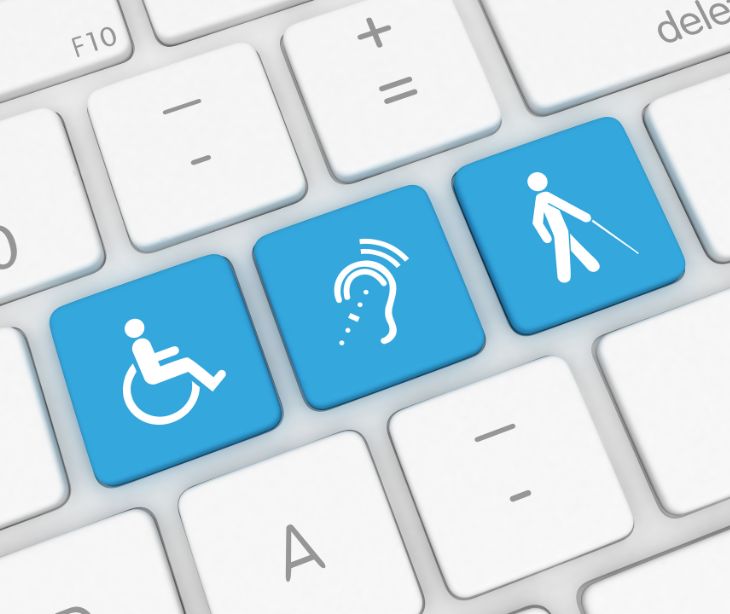
CSS can allow healthcare organizations to create emails that are easier for patients to navigate. This improved user experience can lead to better patient engagement with the content, such as appointment reminders, health tips, and updates.
What is CSS styling?
A 2021 article provided the following definition for CSS styling: “The case of Cascading Style Sheets (CSS), and in particular, the way an emerging community of web designers succeeded in defining, negotiating, and mainstreaming the practical use of CSS attests to that. CSS was one of several early approaches to solving the problem of specifying the visual design of HTML pages on the web.”
CSS is a style sheet language that dictates how web page content should look and feel. It was created in 1996 by the World Wide Web Consortium (W3C), an international community that develops open standards to allow for the long-term growth of the Web. CSS was designed to separate presentation and content, including layout, colors, and fonts.
This separation allows for more flexibility and control in the design process. Although CSS is commonly associated with web design, its use extends beyond just styling websites. It can also be applied to any XML document, including XML, SVG, and XUL, making it a versatile tool for designing a wide range of digital media.
The use of CSS styling in HIPAA compliant email
Although CSS has an established presence in web design with 91.8% of inline CSS being used in all websites, it has a potential function in email styling. By making use of CSS styling healthcare providers can create HIPAA compliant emails that are not only visually appealing but also clearer and more engaging for patients. The more apparent benefits of CSS like an improvement in readability and user experience make health information easily accessible and understood. CSS also allows for the customization of layouts, fonts, and colors, making it possible for content to morph into something more in line with company branding and color schemes.
In light of all its benefits, organizations should ensure CSS does not compromise the security measures necessary for HIPAA compliance. The decision to use CSS in emails is based on whether the benefits of better communication and branding outweigh the potential complexities of maintaining compliance.
How to apply CSS styling to emails
- Use inline CSS: Most email clients have better support for inline CSS, which involves adding style directly within HTML tags, rather than external or internal stylesheets. This method increases the likelihood that your styling will be displayed consistently across different email platforms.
- Prioritize content security: When styling your email, the security of the content, especially any PHI, remains paramount. This process can be streamlined by using HIPAA compliant email services like Paubox.
- Design for accessibility and readability: Use CSS to enhance the readability of your emails. This can include setting appropriate font sizes, colors with high contrast, and spacing to make the email easy to read for all recipients, including those with disabilities.
- Ensure compatibility: Before finalizing your email design, test it across various email clients and devices to ensure your CSS styling appears correctly everywhere.
- Evaluate the necessity and impact: Consider whether the addition of CSS styling to your HIPAA compliant emails serves a purpose beyond aesthetics, such as making information more accessible or engaging for the patient.
- Stay updated on email client capabilities: Email clients update their support for CSS and HTML regularly, so staying informed about these changes can help you leverage new styling opportunities without compromising on compatibility or security.
- Consult with IT security professionals: Before implementing CSS in your HIPAA compliant emails, it's wise to consult with IT security professionals. They can advise on best practices for incorporating styles without compromising the security of PHI.
See also: How to balance personalization and privacy for HIPAA compliance
FAQs
How does CSS styling affect the security of PHI in emails?
CSS styling itself does not directly affect the security of PHI in emails. However, the overall design and elements used, such as links or images, should be carefully considered to avoid directing patients to insecure websites or exposing PHI.
What steps should be taken to test the compatibility of CSS-styled emails?
Healthcare organizations should test emails across a variety of email clients (like Gmail, Outlook, etc.) and devices (smartphones, tablets, computers) to ensure the styling appears as intended and is accessible to all patients.
Are there any limitations to using CSS in HIPAA compliant emails?
The primary limitations stem from the varying degrees of CSS support across email clients, which can lead to inconsistent displays of the email content.
Subscribe to Paubox Weekly
Every Friday we'll bring you the most important news from Paubox. Our aim is to make you smarter, faster.



